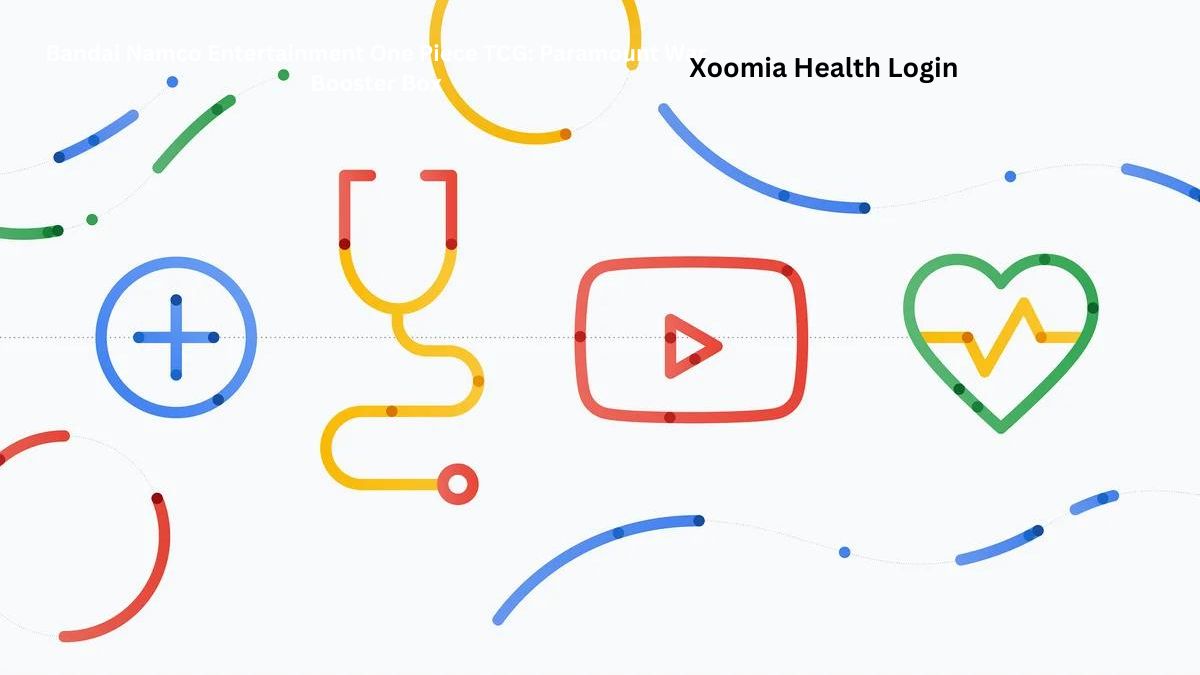Dental insurance eligibility verification plays a pivotal role in the dental healthcare system. It not only ensures that patients receive the benefits they are entitled to but also prevents costly billing errors. However, in the complex landscape of dental insurance, there are numerous pitfalls that dental offices can inadvertently stumble into. These pitfalls can lead to denied claims, delayed payments, and frustrated patients. In this comprehensive article, we will delve into these common pitfalls in dental insurance eligibility verification and provide detailed guidance on how to avoid them.
Common Pitfalls and Tips to Avoid Them
Let’s check some of the most common pitfalls existing in the dental insurance eligibility verification process with their solutions to avoid them:
1. Inaccurate Patient Information
- Pitfall: One of the most fundamental errors in insurance eligibility verification is collecting incomplete or inaccurate patient information. This can lead to verification errors, such as mismatched names or incorrect policy numbers.
- Solution: To circumvent this issue, dental offices should prioritize staff training in data collection and verification. Using electronic forms with built-in validation can significantly reduce data entry errors and enhance accuracy.
2. Failure to Verify Coverage
- Pitfall: Another perilous assumption is believing that all patients possess active coverage. This misconception can result in treatment plans not being covered by insurance, leaving patients with unexpected expenses.
- Solution: To avoid this pitfall, dental offices must diligently verify insurance coverage for each patient at every visit, regardless of whether they are established patients. Furthermore, it is essential to document the verification process in patient records thoroughly.
3. Neglecting Pre-Authorization
- Pitfall: Failing to obtain pre-authorization for certain procedures can lead to denied claims and substantial financial losses for the dental practice.
- Solution: Always check if pre-authorization is required for specific treatments and make it a standard procedure to obtain pre-authorization before performing any procedure. This practice not only mitigates financial risk but also ensures that patients are well-informed about potential costs.
4. Misinterpreting Insurance Policies
- Pitfall: Misunderstanding the intricacies of insurance policies can lead to underbilling or overbilling patients, both of which can harm the financial health of the dental practice and patient satisfaction.
- Solution: Continual staff training is crucial to interpret insurance policies accurately. Staff members should stay updated on any changes in coverage and billing codes to minimize misinterpretation.
5. Lack of Communication with Patients
- Pitfall: Failing to inform patients about their insurance coverage or potential out-of-pocket costs can result in patient dissatisfaction and frustration.
- Solution: It is vital to foster transparent and open communication with patients. Clearly convey information regarding their insurance benefits, co-pays, and any anticipated costs before initiating treatment. This transparency helps manage patient expectations and builds trust.
6. Inefficient Verification Process
- Pitfall: Time-consuming verification processes can lead to appointment scheduling delays and hinder the provision of timely care to patients.
- Solution: Implementing efficient verification systems, such as electronic verification tools, can streamline the process, reducing administrative burdens and ensuring that patients receive care promptly.
7. Ignoring Annual Maximums
- Pitfall: Overlooking annual maximums can lead to patients reaching their limits without realizing it, resulting in unexpected costs for both the dental practice and the patient.
- Solution: Dental offices should meticulously track patients’ annual maximums and proactively inform them when they approach or reach their limits. This practice not only helps manage patient finances but also strengthens the patient-provider relationship through transparency.
8. Failure to Follow Up on Unpaid Claims
- Pitfall: Neglecting to follow up on denied or unpaid claims can result in lost revenue, directly impacting the financial stability of the dental practice.
- Solution: Establishing a robust system for tracking and promptly following up on unpaid claims is essential. This diligent approach ensures that claims are resolved efficiently, minimizing revenue loss.
Hence, being aware of these common pitfalls in dental insurance eligibility verification is crucial for ensuring the smooth operation of your dental practice. By understanding these challenges and implementing the suggested solutions, any Dental Billing Company can streamline the verification process, minimize errors, and provide your patients with a more efficient and hassle-free experience.
Conclusion
Avoiding common pitfalls in dental insurance eligibility verification is vital for maintaining a thriving and financially secure dental practice. By implementing accurate data collection, streamlining verification processes, and fostering proactive communication with patients and insurance providers, dental offices can minimize errors, enhance patient satisfaction, and improve overall practice efficiency. Furthermore, staying informed about changes in insurance policies and consistently training staff in insurance procedures is essential to navigating the intricate landscape of dental insurance successfully. In prioritizing these steps, dental practices can uphold their commitment to delivering high-quality care while ensuring that patients receive the benefits they are entitled to under their insurance plans.



